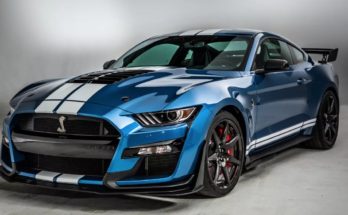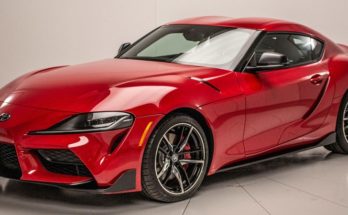A large portion of my growing up years were spent near Pigeon Forge, Tennessee. One of our favorite things to do in the fall was to visit Dolly Parton’s amusement park, Dollywood. It had all sorts of rides, food, games, and areas in the park to explore, including an entire area designated as an homage to the 1950’s. Two of the most popular rides in that area that I coincidentally spent a lot of time on, were the special effects theater ride “Thunder Road”, and the classic cars ride, which featured Chevy Bel-Airs. This is probably partially where my love of classic cars came from, as I spent hours pretending to drive down back roads and read the Burma-Shave advertisements whizzing by.
The Chevrolet Bel-Air began selling in 1950, replacing the Chevrolet Deluxe with a wild concept that caught on slowly but changed the face of vehicle design forever: the convertible with a non-detachable roof. The hard top “convertible” style had been around for the last few decades, but this time around the world was ready for it. The Bel Air weighed just over 3,000 pounds, and cost just $1, 741.00. It was available with either a 3-speed automatic transmission or a 2-speed manual, as well as a “Thriftmaster” or “Blue Flame” I6 engine. You could choose between a two-door coupe, hard top, or convertible (with later models), a four-door station wagon, or a four-door sedan. It was assembled completely in the continental United States, primarily in California, Georgia, New York, and Michigan, at least until the second generation, when it gained traction in the international market and began rolling out of factories in South America and Canada.
The Bel Air became a popular drag race vehicle option in the early 1960’s, particularly with its bubbletop roof, V8 engine, and a special racing package that included everything from aluminum body panels to four-speed manual transmission.
After seven generations of the Chevy Bel Air, it was decided that it was time for the Bel Air to age out gracefully and be retired, at least in its original market. In 1975, American production quit, but it wasn’t until 1981 that the last Bel Air was completed in Canada. Canada also had some special editions produced just for the home market, including the Bel Air-based Pontiac, the Bel Air Sport Coupe, and the eighth generation Bel Air.
In 2002, after twenty years of retirement, a new concept based on the Bel Air arrived to lead the 13th Annual Statler Brothers Route 66 Rendevous. This new model had features such as frame hydroforming technology, a 111 inch wheelbase, and a turbocharged inline five-cylinder concept engine, which was said to produce 315 hp, 315 lb/ft torque. Although the car does nod to the original Bel Air design and could potentially be a hit with the collectors’ market, it does not appear that General Motors has any interest in producing more than just the concept vehicle. We can only hope that one day, we’ll have the opportunity to glide down the road in one of these beauties from the past.

For more from Hemmings, find them indexed in our vehicles, trucking and RVing directory. You can search for the company’s name and look for suppliers and dealers in an area near you by looking at our regional headers. And to see more cars, click here


